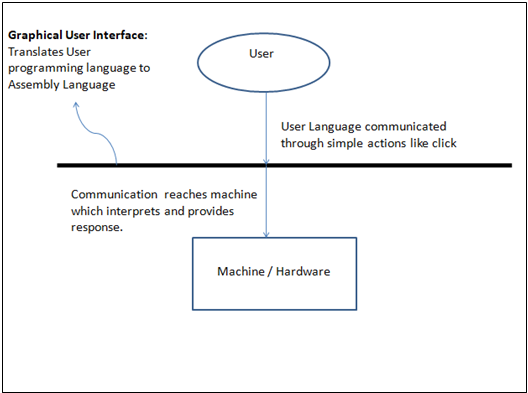This information is now being maintained at https://www.randallhyde.com
The Easiest Way to Learn Assembly!Published by No Starch Press (Second Edition is now available!) You can order this book from http://www.amazon.com as well as your local bookseller Click HERE to see a larger version of the cover art. Now Available! Write Great Code, Volume I: Randy Hyde's new series: Write Great Code teaches you everything you need to know to write efficient, readable, maintainable, and quality code. The first volume in this four-volume set, Understanding the Machine, teaches 'Machine Organization'. Whenever someone tells you that you should learn assembly language in order to learn how to write better high level code, what they're really telling you is to learn machine organization. By reading this book, you can learn how the low-level machine operates so that you can write better high-level language code, without the drudgery of mastering assembly language. This book will also make a great companion/prerequisite text to 'The Art of Assembly Language' Now Available! Write Great Code, Volume II: Compiler writers have often claimed that their compilers generate code that is just as good as hand-written assembly language. In practice, compilers rarely achieve this level because of the poor-quality high-level language source code fed to these compilers. Thinking Low-Level, Writing High-Level will teach you how to help your high-level language compiler live up to its promise. This book explains how compilers generate machine code from high-level language statements, so that you can choose the most appropriate high-level statements to efficiently solve the problem at hand. | |||||||||||||||||||||||||||||||||||||||||||||||||
So assembly provides mnemonics to substitute for these instructions, such as mov ax, 30. They correlate directly with machine-code CPU instructions, but without the meaningless binary numbers. Like most programming languages, assembly is a list of instructions followed in order. Apr 14, 2010 GUI applications, written in assembly tend to be very small in size, with very responsive interface, fast and resource friendly. As an example of such an application I can point you to my project Fresh IDE - it is an advanced Visual RAD IDE for FASM programming. It is very feature-rich, but the size of the executable is only 250kB.

Question or issue on macOS:
I’d like to know how can I do a simple assembly program for Mac OS X that shows a window on the screen and put some coloured text on that window. The code may call some Carbon or Cocoa APIs. I need some code for the nasm sintaxe.
I saw in http://snipplr.com/view/29150/assembly-code-nasm-for-mac–hello-world the next code that works fine, but it´s not graphic.

Thanks for any help
How to solve this problem?
Assembly Gui Programming Language

Solution no. 1:
This is not Carbon as requested in the comments in the previous answers, but it may help you get a step further ahead in your noble pursuit:
Assembly Gui Programming Language

Solution no. 2:
Gui Programming Language
You can call Carbon APIs with call like this:
You can pass arguments also, but I’m unsure how to do that. Probably pushed onto the stack in reversed order just before the call:
You can look in how you C code compiles into assembly, like this: